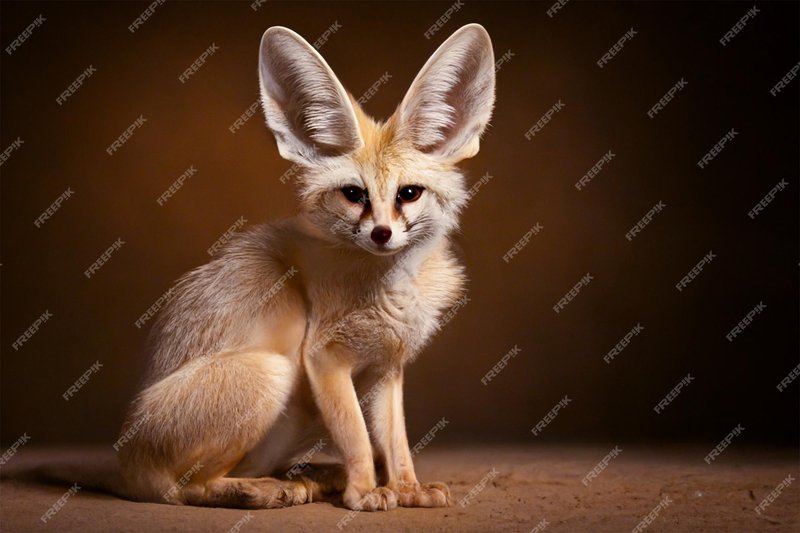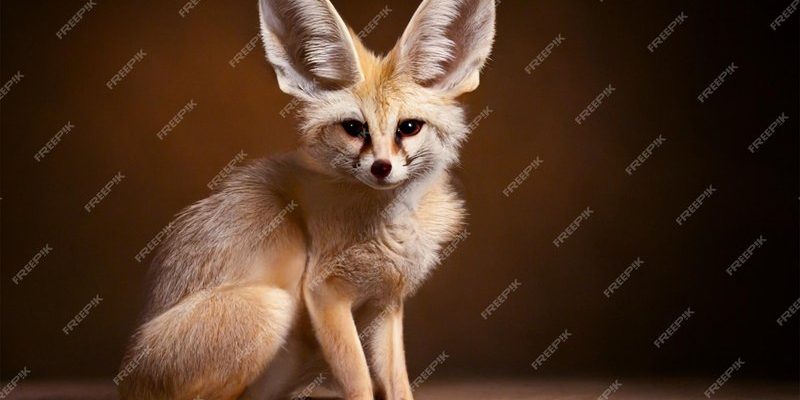
In a nutshell, the fennec fox (Vulpes zerda) is a testament to nature’s creativity. Think of it as the ultimate survivor—the kind of savvy critter that’s figured out how to live in extreme heat while having a great time doing it. This little fox is not just a delightful companion in wildlife documentaries; its adaptations tell a rich story of survival and evolution. So, how did the fennec fox become the specialist it is today? Let me explain.
Origins of the Fennec Fox
The fennec fox is part of the Canidae family, which includes dogs, wolves, and domestic pets. Its ancestors have been roaming the earth for millions of years, evolving to adapt to different environments. The fennec fox originated in the arid regions of North Africa, particularly in the Sahara Desert. This environment has been a playground for evolutionary adaptations, forcing species to innovate for survival.
Researchers believe the fennec fox diverged from other fox species around 3-5 million years ago. Imagine the world back then—a different climate, larger predators, and resources that weren’t as easily accessible. The fennec fox needed to carve a niche for itself, and that’s precisely what it did. Over generations, it developed unique features that make it stand out.
One of the most striking adaptations is its large ears, which may look cute but serve a critical purpose. These ears dissipate heat, helping the fox stay cool in extreme desert temperatures. Additionally, they enhance its sense of hearing, allowing it to detect the faintest sounds of prey or potential threats. Talk about a dual-purpose design!
Physical Adaptations to Their Environment
The physical traits of the fennec fox are nothing short of fascinating. First off, their fur is beige and sandy, matching the desert landscape. This coloration not only provides camouflage but also reflects sunlight, keeping them cooler during the hottest parts of the day.
A key adaptation is their padded paws. These specialized feet act like natural insulators, protecting the fox from the hot desert sand. You might think of it as wearing flip-flops on a scorching day—it’s a smart move! They’re also built for digging, allowing them to create burrows for shelter from the sun and to escape predators.
Speaking of predators, fennec foxes have also evolved to be nocturnal. When the sun sets and the temperatures drop, these little foxes come alive to hunt. Being active at night helps them avoid the heat and reduces competition for food from other daytime hunters.
Diet and Hunting Techniques
You might be curious about what fennec foxes eat in their challenging environment. Their diet is quite varied, consisting mainly of insects, rodents, and even fruits. Imagine being small and agile, darting through the dunes at night, hunting for a juicy beetle or a tender rodent. Their excellent sense of hearing plays a significant role in finding food, even when it’s hidden underground.
When hunting, fennec foxes use a combination of speed and stealth. They’re like little ninjas of the desert, creeping up on their prey before pouncing. They can also store food in their burrows, allowing them to eat later when resources are scarce—a clever survival tactic, don’t you think?
Furthermore, fennec foxes have a unique way of hydrating. Instead of relying on water sources, they extract moisture from the food they eat. This ability to go long periods without water is impressive and perfectly suited to their habitat.
Social Behavior and Communication
Fennec foxes are social animals, often living in small family groups. Their social structure is fascinating; they work together to care for their young and defend their territory. Here’s the thing: family isn’t just about blood relations; it’s also about cooperation and support, and these little foxes demonstrate that beautifully.
They communicate through a variety of sounds, including barks, whines, and even growls. Each sound has a different meaning, allowing them to convey emotions or alerts. Imagine a tiny fox using its voice to say, “Hey, watch out for that sneaky snake!”
Their bonding rituals include playful interactions. You might see them chasing each other, wrestling, or even grooming one another. It’s pretty heartwarming to watch, and it highlights the importance of social connections in their lives.
Conservation Status and Threats
Despite their adaptations, fennec foxes face challenges in the wild. Although they are currently classified as Least Concern by the IUCN, their habitat is threatened by factors such as climate change, urbanization, and poaching. You might wonder how a tiny creature withstands such overwhelming odds. The truth is, their survival is inextricably linked to the health of the desert ecosystem.
Conservation efforts are crucial for protecting their habitat and ensuring their survival. Many organizations work tirelessly to raise awareness about the importance of biodiversity and the need to protect sensitive environments like the Sahara Desert. It’s a reminder that even small actions can have a significant impact.
One interesting fact is that fennec foxes are sometimes kept as exotic pets. While they can be adorable companions, owning one requires a special commitment to their unique needs. They thrive in environments that mimic their natural habitat, so potential owners must do their research.
The Future of the Fennec Fox
Looking ahead, the future of the fennec fox depends on our actions today. If we can focus on conservation initiatives and sustainable practices, there’s hope for this charming creature and its habitat. More awareness and education about their needs and challenges can lead to positive changes.
As we learn more about the fennec fox and its evolutionary history, we’re reminded of the intricate balance of nature. It’s fascinating to see how this small mammal has adapted over time to thrive in an environment that’s often unforgiving.
So, the next time you think of the deserts of North Africa, remember the fennec fox. It’s more than just an adorable animal; it’s a living testament to survival, adaptation, and the wonders of evolution.
In conclusion, the evolutionary history of the fennec fox is a rich tapestry woven with adaptations, social bonds, and survival strategies. It’s a story worth telling, and one that inspires us to appreciate the diversity of life on our planet. Through conservation efforts and a deeper understanding of their world, we can ensure that future generations will continue to marvel at this magnificent creature.

